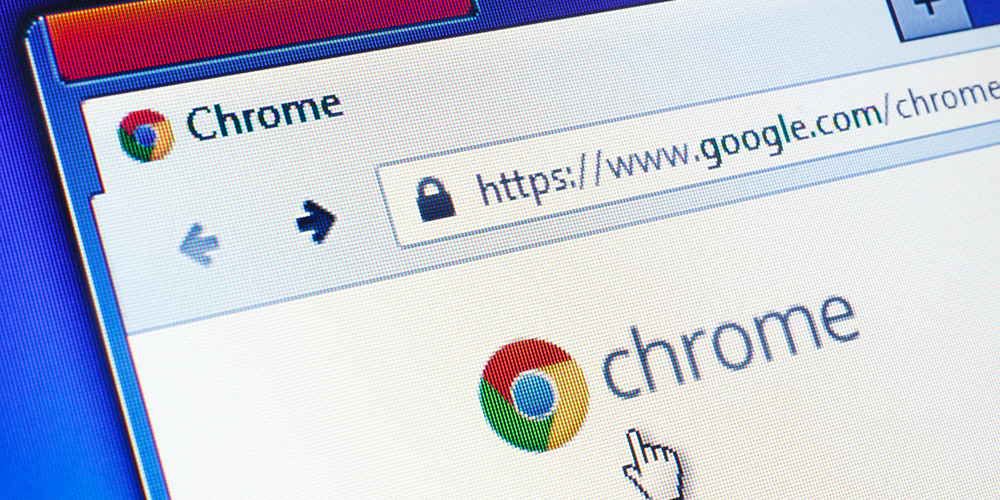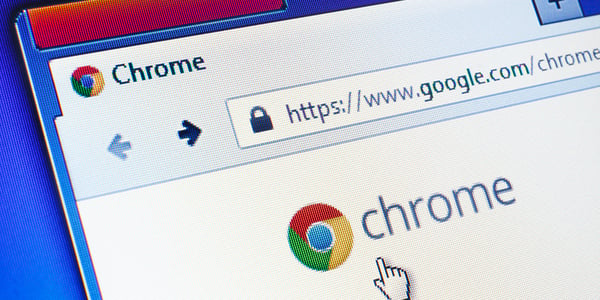
This week's review of ad fraud and quality in the digital advertising space.

"More than 80 million Chrome users have installed one of 295 Chrome extensions that hijack and insert ads inside Google and Bing search results," reported ZDNet. "[T]he vast majority of the malicious extensions (245 out of the 295 extensions) were simplistic utilities that had no other function than to apply a custom background for Chrome's 'new tab' page," ZDNet added.

A new "digital scam [is] draining thousands from [small] businesses," reported Gizmodo. The scam is set to cost the businesses $15,000 per year, per Gizmodo. The article added: "[F]or the most part, these dollar-draining clicks were coming straight from rivals of the businesses in question, looking to put their competitors out of a job. And in some cases, it’s working."

"Sixty-nine percent of brands have either partially or completely moved programmatic buying of display, video and/or CTV in house, according to a 2020 survey conducted by the IAB and Accenture Interactive across the US, European and Latin American markets," reported AdExchanger.

"[Mobile] is faring slightly better than most other media and will eke out growth in 2020," reported eMarketer in its revised forecast, calling for mobile ad spend to rise 4.8% this year. "Barring additional waves of the coronavirus, mobile ad spending should return to a pre-pandemic trajectory next year, reaching $112.09 billion," eMarketer added.

"[F]or publishers that rely on open exchanges for their programmatic ad revenue, the past two months have been among the hottest of the year," wrote Digiday. "Thanks to a surge of spending by advertisers that had to cut back or pause their spending in the second quarter, demand in the open exchanges has leapt, according to sources at two different advertising agencies focused on programmatic advertising."
*By entering your email address and clicking Subscribe, you are agreeing to our Terms of Use and Privacy Policy.
These Stories on Weekly Recaps
*By entering your email address and clicking Subscribe, you are agreeing to our Terms of Use and Privacy Policy.

Disclaimer: The content of this page reflects Pixalate’s opinions with respect to the factors that Pixalate believes can be useful to the digital media industry. Any proprietary data shared is grounded in Pixalate’s proprietary technology and analytics, which Pixalate is continuously evaluating and updating. Any references to outside sources should not be construed as endorsements. Pixalate’s opinions are just that - opinion, not facts or guarantees.
Per the MRC, “'Fraud' is not intended to represent fraud as defined in various laws, statutes and ordinances or as conventionally used in U.S. Court or other legal proceedings, but rather a custom definition strictly for advertising measurement purposes. Also per the MRC, “‘Invalid Traffic’ is defined generally as traffic that does not meet certain ad serving quality or completeness criteria, or otherwise does not represent legitimate ad traffic that should be included in measurement counts. Among the reasons why ad traffic may be deemed invalid is it is a result of non-human traffic (spiders, bots, etc.), or activity designed to produce fraudulent traffic.”

